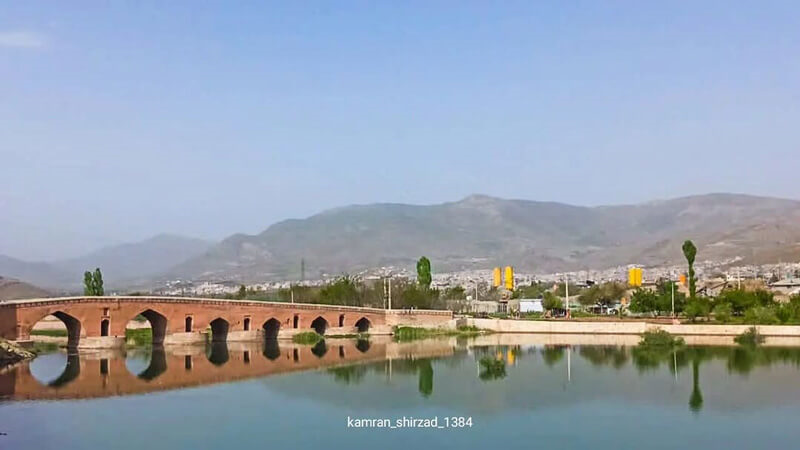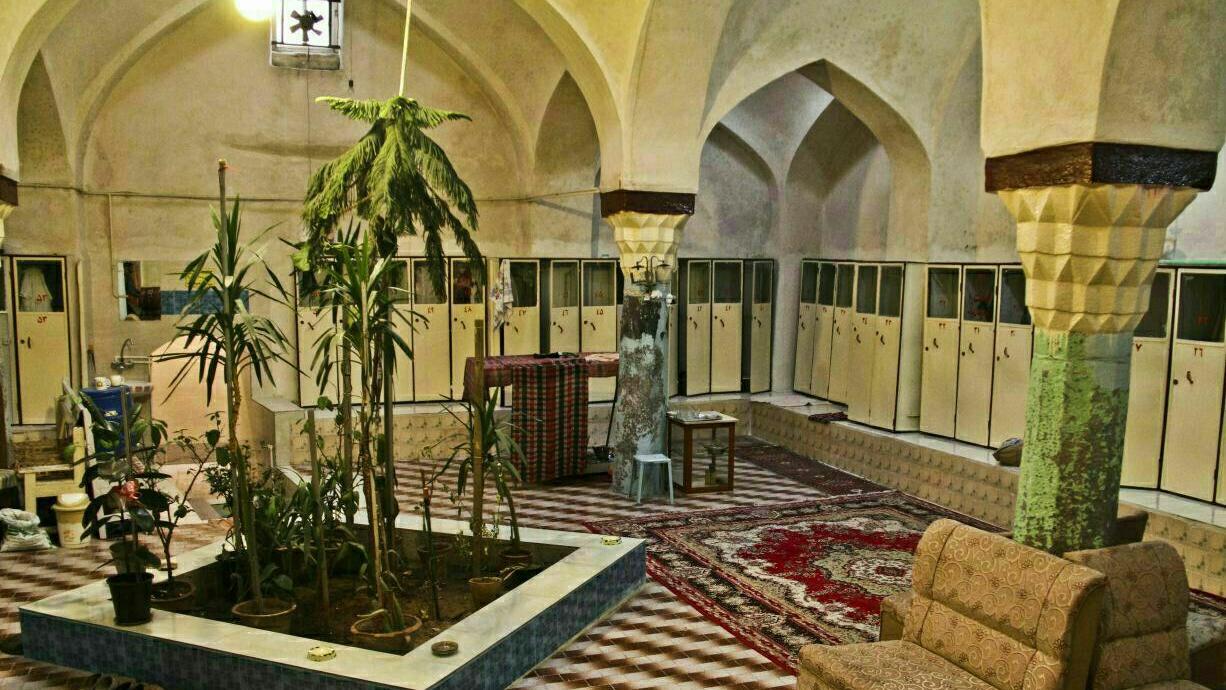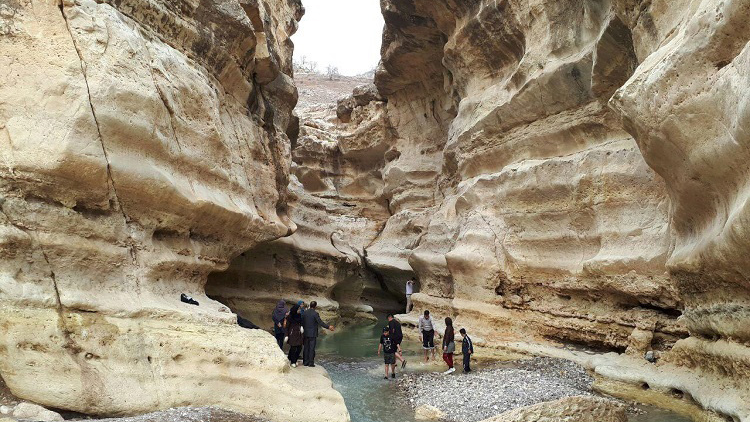
Amir Chakhmaq Husayniyya
Amir Chakhmaq Square is one of the old squares of Yazd City, around which there are various historical monuments. One of these sites is the Amir Chakhmaq Husayniyya, which is also sometimes pronounced as Mirchaqmaq. Husayniyya is one of the religious places in Iran, which is used for Muharram mourning and performing Ta’zia Khani.
The Purpose of Husayniyyas
There are buildings with the title of Husayniyya in most cities of Iran, but the Husayniyyas of the central regions of Iran, which are located on the edge of the desert, have a different architecture. Usually, Husayniyyas were built by the rich and influential people of each city and they devoted it to the implementation of mourning and ta’zia programs in the month of Muharram. For this reason, many residences of nobles and princes were built in such a way that by installing a temporary roof or a large tent, a covered space, they could make it possible for people to gather and perform ta’ziya.
Husayniyyas are usually built in crowded areas to make it easier to access them. Most of Iran’s Husayniyyas were built at the junction of two neighborhoods, and in addition to the courtyard and pavilions for people’s gathering, a covered space was also created in its interior space. The courtyard of the Husayniyyas was called Abbasiyya because the ceremony related to the battles between Hazrat Abbas (AS) and Imam Hussain (AS) with their enemies was held there.
Since the Husayniyyas were usually located in the important parts of the city, they were also used for the gathering of craftsmen and expressing trade and economic issues. In addition to donations and grants from the people, the expenses for the maintenance and holding of ceremonies were also contributed by the shops that were built around Husayniyyas.
In addition to permanent Husayniyyas, sometimes temporary ones are also erected in some cities and villages. The temporary ones are usually made by creating temporary structures on the side of the streets, enclosing small areas, and hanging black cloths and flags and they are wound up again at the end of the days of mourning. Since these Husayniyyas have smaller space, the ta’ziya ceremony is not performed in them and they are usually used to serve the mourning groups.
The History of Amir Chakhmaq Husayniyya
This Husayniyya, which is still active, was built in the 15th century AD, during the Timurid era. According to historical texts, at that time Amir Jalaluddin Chakhmaq was appointed as the governor of Yazd by the Timurid ruler, Shahrukh, and Seti Fatemeh, the wife of Amir Chakhmaq, also had a major role in the construction of this building.
Architecture of Amir Chakhmaq Husayniyya
The booths of this Husayniyyas are built in the form of two-story stands, in eight vertical rows next to each other. Among these eight rows, two rows have three floors. The booths are facing each other in a symmetrical form.
The main booth of this Husayniyya, which was the alcove part of it, and government officials and famous people sat in it during the ceremonies, is located in the center of other booths and is easily recognizable. There is an inscription in this booth on which the date 1258 AH (1842 AD) can be seen. High minarets and beautiful decorations of colored tiles distinguish the main booth from the other ones. In the past, tall minarets of this Husayniyya were used for reciting the call to prayer and sometimes to announce important news by heralds.
There was also a water reservoir under the Husayniyya, which was used by the public until 40 years ago. However, this reservoir has dried up and is now used as a water museum.
Heydari Nakhl of Amir Chakhmaq Husayniyya
There is a large Nakh (a coffin-like chamber that is carried to places such as mosques and Husayniyyas where mourning takes place) known as the Heydari Nakhl in this Husayniyya, which has a mesh structure that is made with carved wood and using knots and large beams, and it is taken around during the Muharram mourning for Imam Hussein (AS). The people of Yazd consider Nakhl to be a symbol of the coffin of Imam Hussein (AS), and by lifting and taking it around, they symbolically perform a funeral ceremony for him.
Nakhl Gardani (taking the Nakhl around) is one of the famous mourning ceremonies of the people of Yazd during Muharram. Nakhl is so heavy that it takes 150 strong people to lift it. This large Nakhl, the height and width of which are about 8.5 into 8.5 meters, was built in the 18th century during the Safavid era about 450 years ago and is considered to be the oldest in Iran.
Because of its historical value, Amir Chakhmaq Husayniyya was inscribed on the list of Iran’s national heritage in the year 1951 AD.
According to historical texts, Amir Chakhmaq Husayniyya was built at that time Amir Jalaluddin Chakhmaq was appointed as the governor of Yazd by the Timurid ruler, Shahrukh, and Seti Fatemeh, the wife of Amir Chakhmaq, also had a major role in the construction of this building.
| Name | Amir Chakhmaq Husayniyya |
| Country | Iran |
| State | Yazd |
| City | Yazd |
| Type | Religious |
| Registration | National |
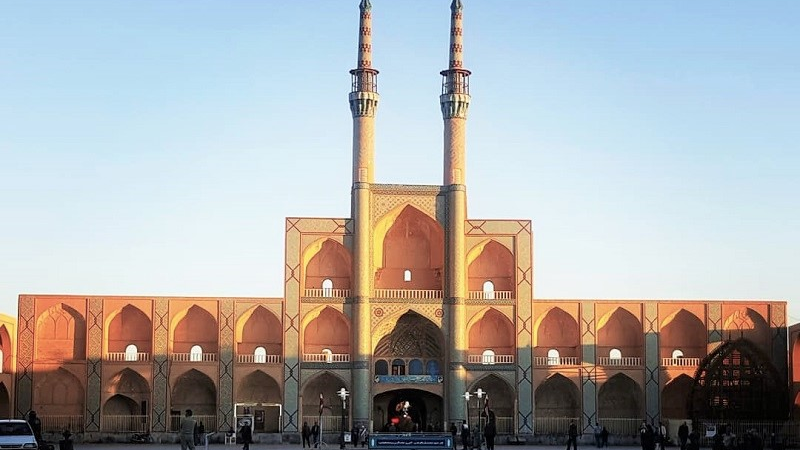
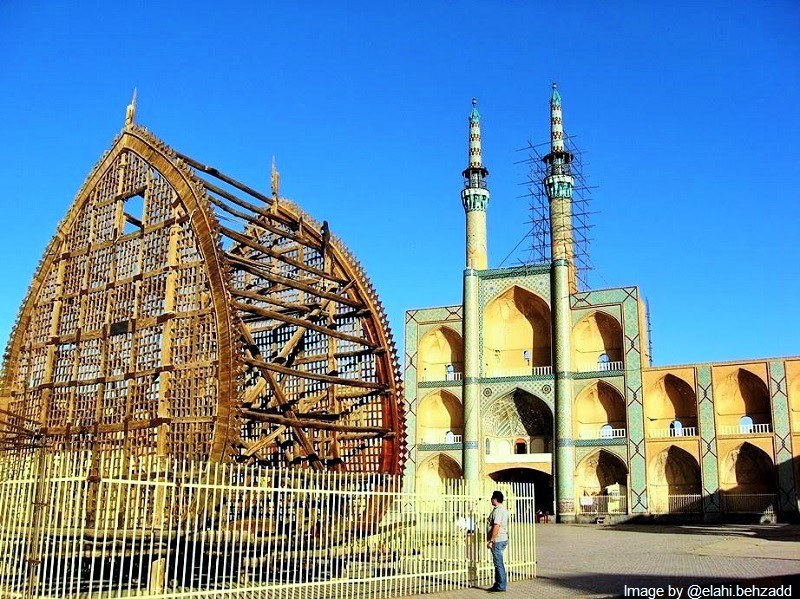


Choose blindless
Red blindless Green blindless Blue blindless Red hard to see Green hard to see Blue hard to see Monochrome Special MonochromeFont size change:
Change word spacing:
Change line height:
Change mouse type:
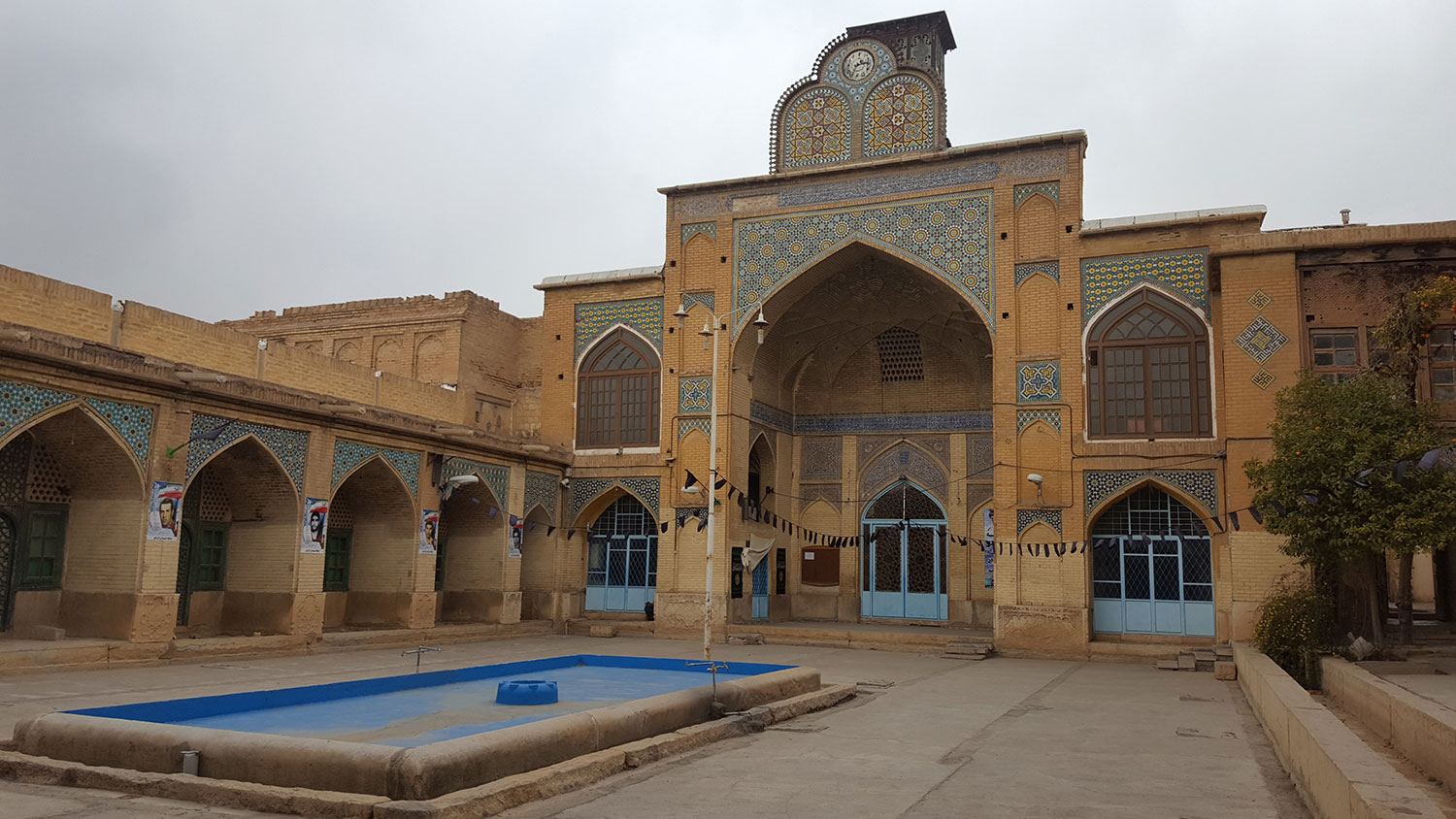
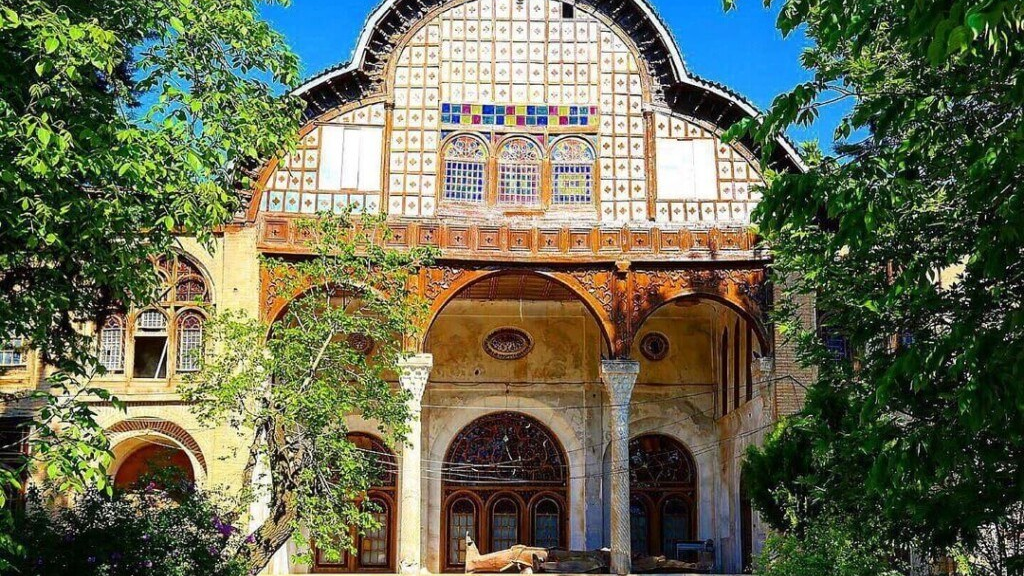
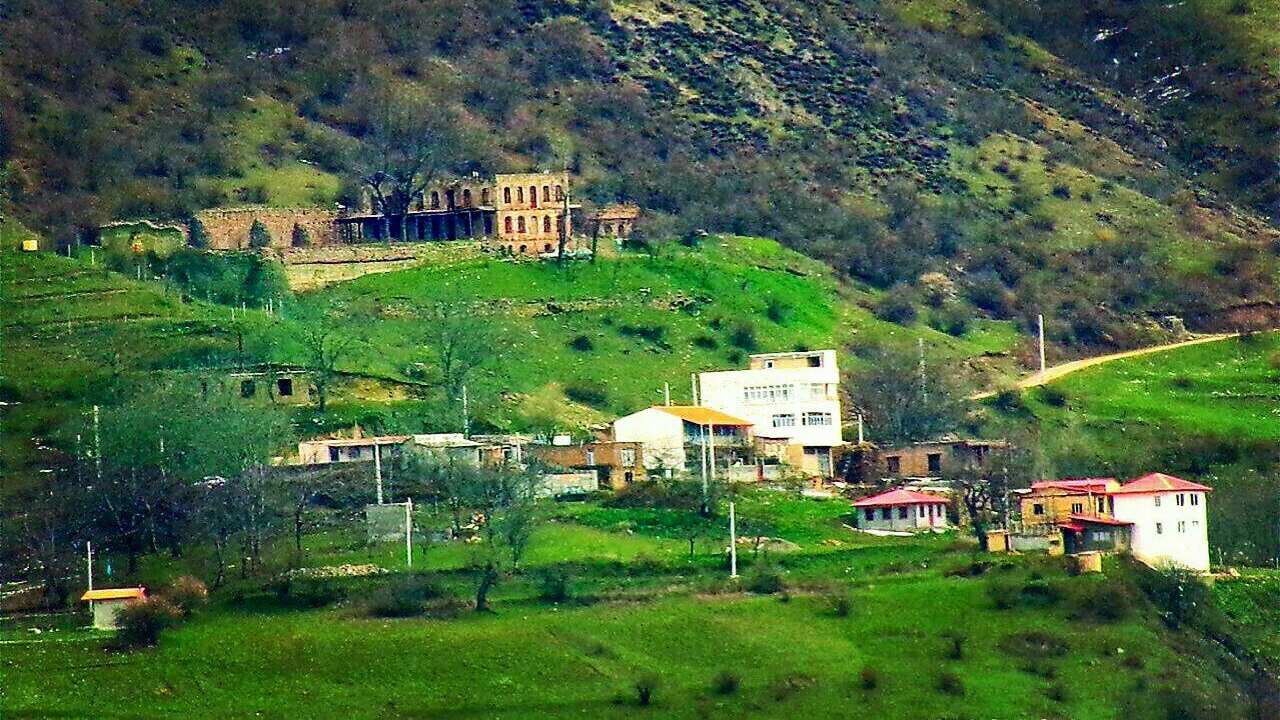
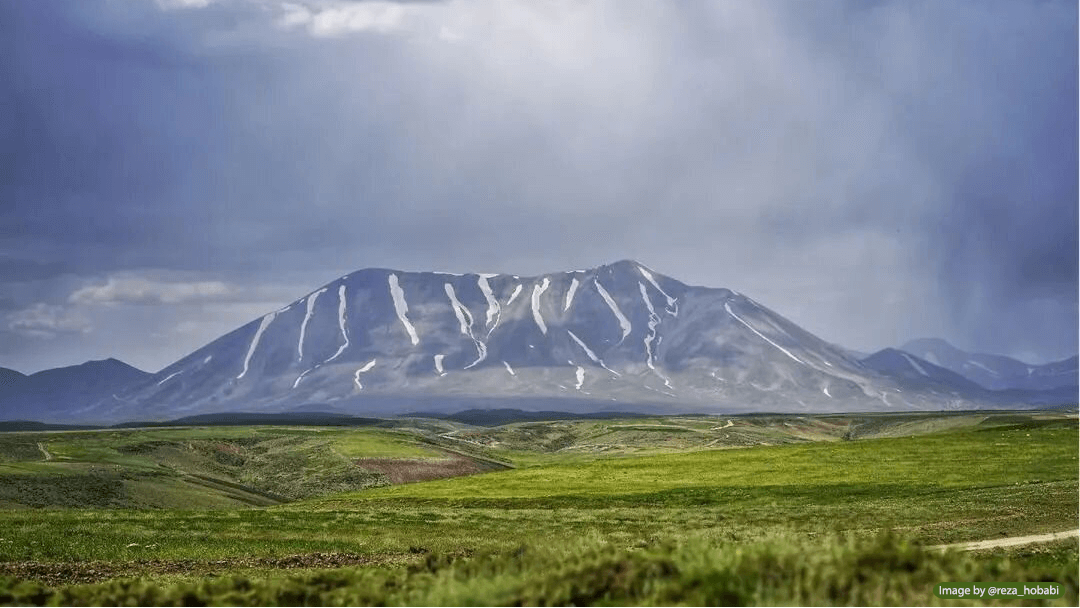
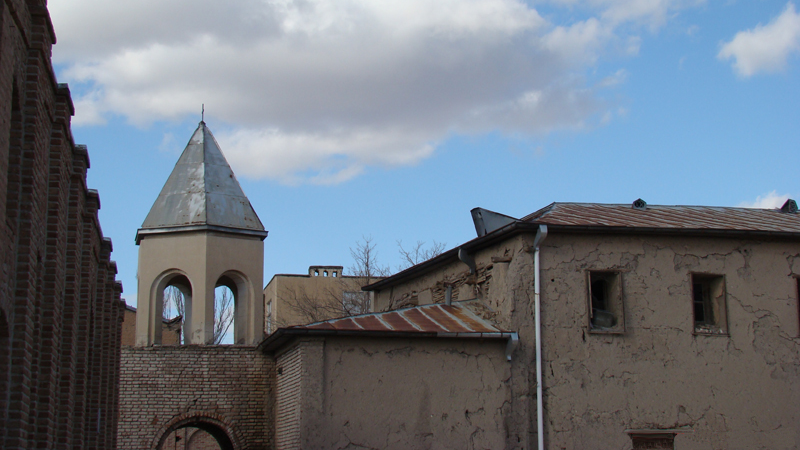
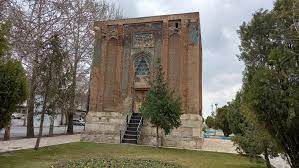
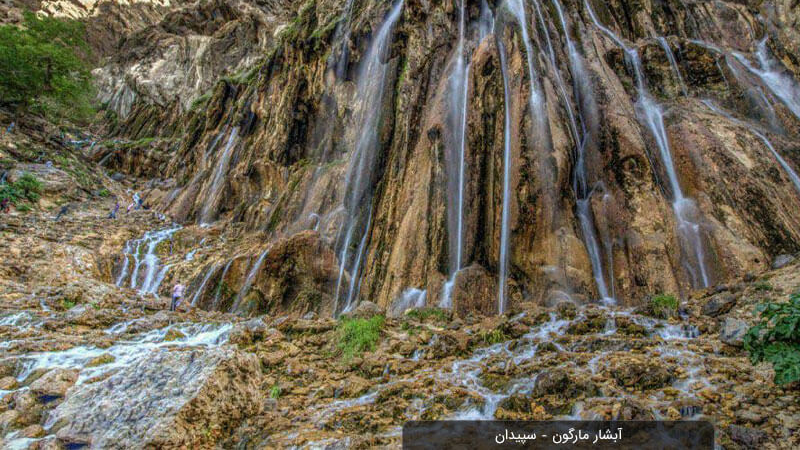
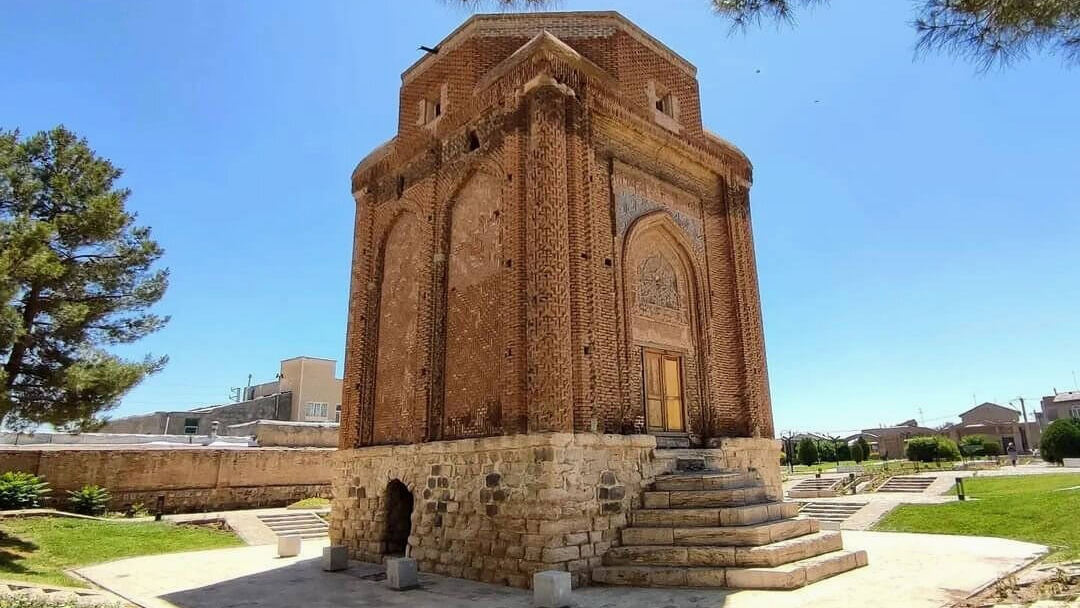
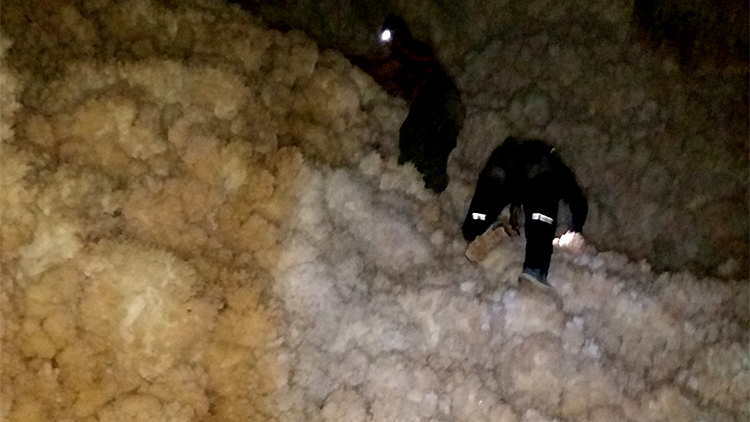

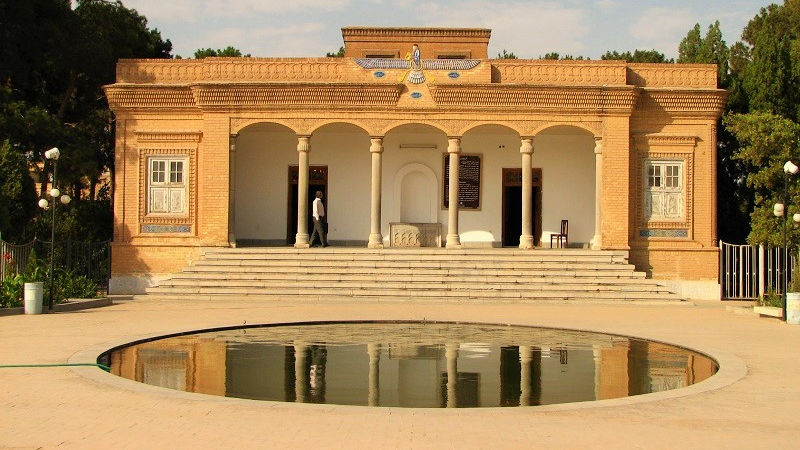
-k- main.jpg)
